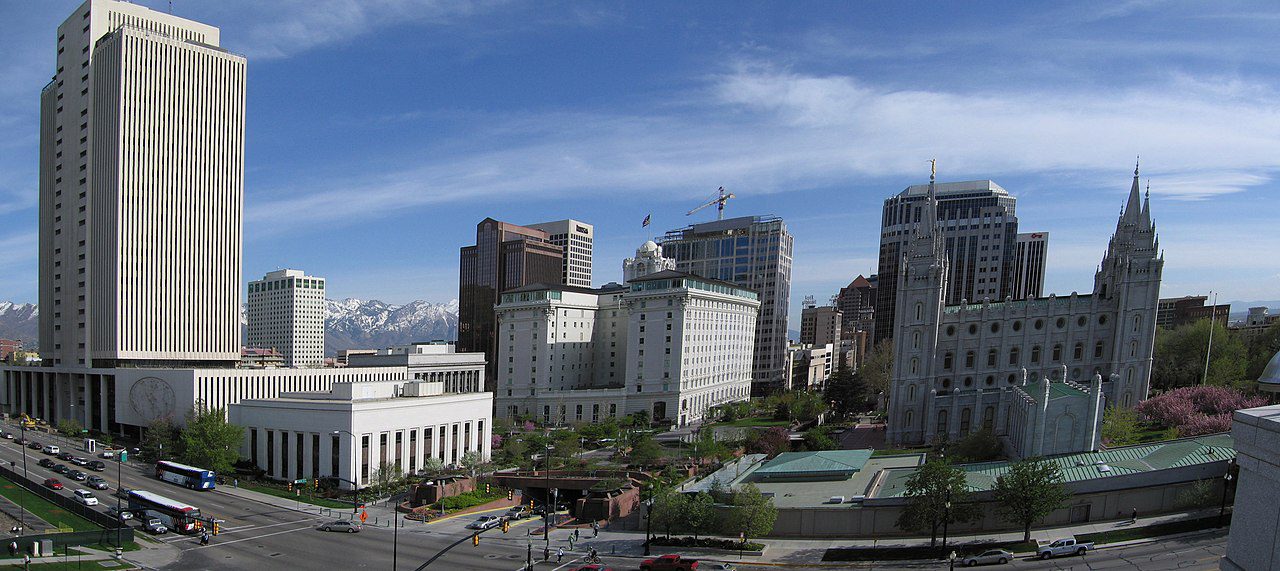June 28, 2023 — In a ground-breaking development, Salt Lake City’s utility service has introduced a pioneering software that empowers residents to monitor and manage their water consumption efficiently. Named waterMAPS, this sophisticated water management analysis and planning tool stands as a testament to Salt Lake City’s commitment towards water conservation amidst an era of increasing water scarcity.
The Technology Behind waterMAPS.
Developed by an interdisciplinary team of researchers at Utah State University, waterMAPS fuses public aerial imagery with utility billing data to assess and monitor water consumption in real-time. It calculates the current water usage and juxtaposes it with the optimal water requirements for various landscapes, enabling users to gauge the efficiency of their irrigation systems. Up to 60% of residential water use is applied to outdoor landscapes, according to the Environmental Protection Agency and the Utah Division of Water Resources.
fuses public aerial imagery with utility billing data to assess and monitor water consumption in real-time. It calculates the current water usage and juxtaposes it with the optimal water requirements for various landscapes, enabling users to gauge the efficiency of their irrigation systems. Up to 60% of residential water use is applied to outdoor landscapes, according to the Environmental Protection Agency and the Utah Division of Water Resources.
In an interview with Utah Public Radio, Laura Briefer, Director of Salt Lake City Department of Public Utilities, shed light on the primary objectives:
Laura Briefer, Director of Salt Lake City Department of Public Utilities, shed light on the primary objectives:
- Transparency: Provide transparent information about water use efficiency on residential properties.
- Empowerment: Equip residents with tools to optimize water usage.
- Customization: Offer various programs tailored to suit individual properties and their respective issues.
Accessibility and Implementation.
Residents can access waterMAPS through their public utility account. The software generates a comprehensive report interpreting water use data, along with recommendations and strategies for efficient water utilization.
Currently, waterMAPS is in the pilot stage and only accessible to customers on Salt Lake City’s water system. However, there are hopes to make this software available to other regions in Utah, facilitating a wider reach.
Tackling Water Scarcity and Environmental Preservation.
The introduction of waterMAPS is particularly significant given the challenges that the area faces with water scarcity. Salt Lake City is not considered water-rich and has faced intense droughts in the past. Laura Briefer emphasized that even a single year of plentiful water shouldn’t be taken for granted, and the focus should be on longer-term sustainability.
The region’s environmental and public values are closely associated with water availability. Water planners believe that residents can play a role in rehabilitating the Great Salt Lake, refilling reservoirs, and ensuring the health of streams and rivers. This is critical for the region’s ecological balance and sustainability.
Looking Ahead.
With waterMAPS, Salt Lake City is positioning itself at the forefront of urban water conservation. This innovative software represents a significant stride towards cultivating a culture of water stewardship among residents and holds the potential to change the way communities across the state, and perhaps the nation, think about and manage their water resources.


Leave a Reply